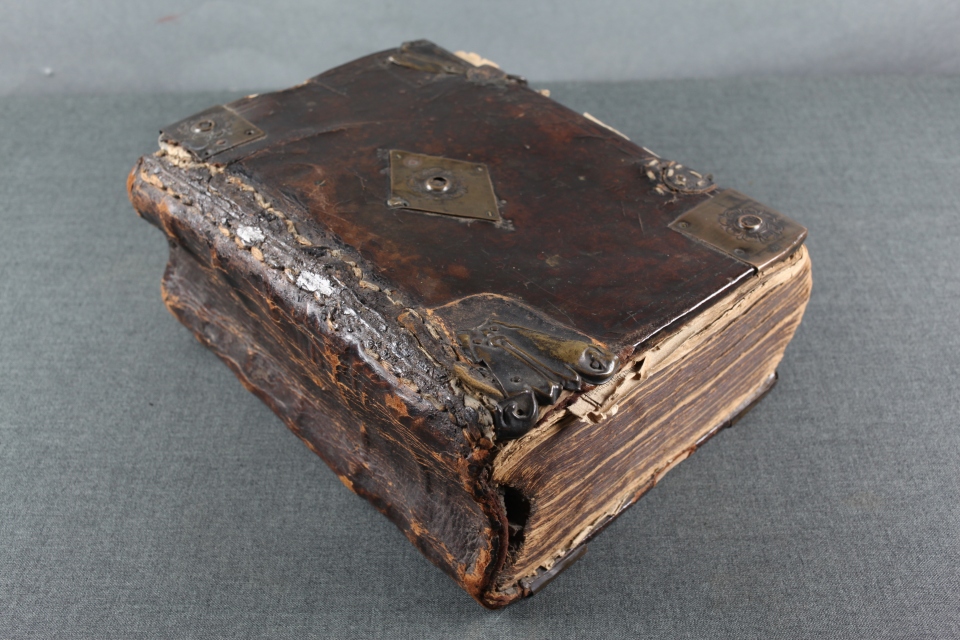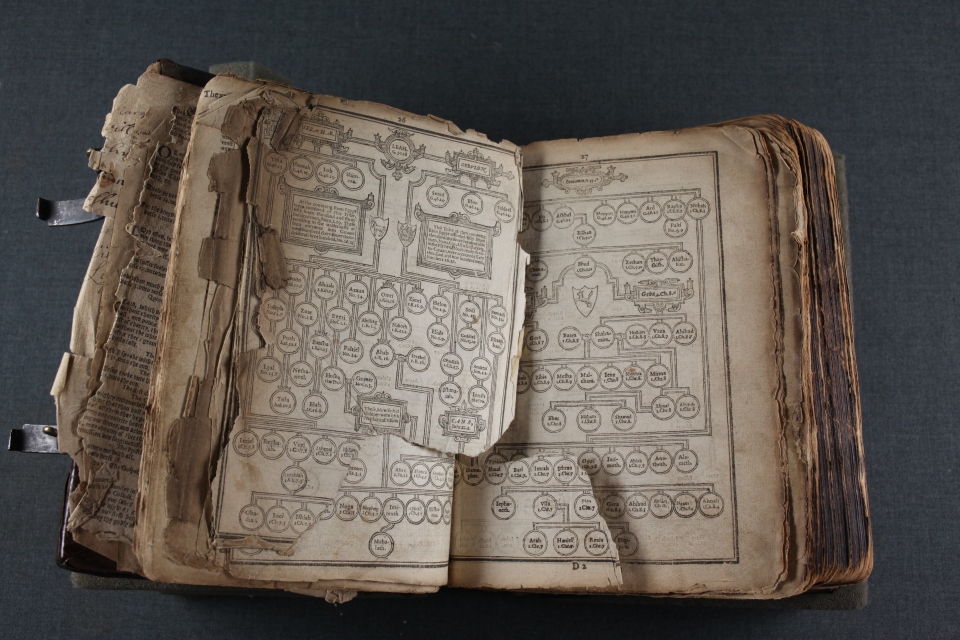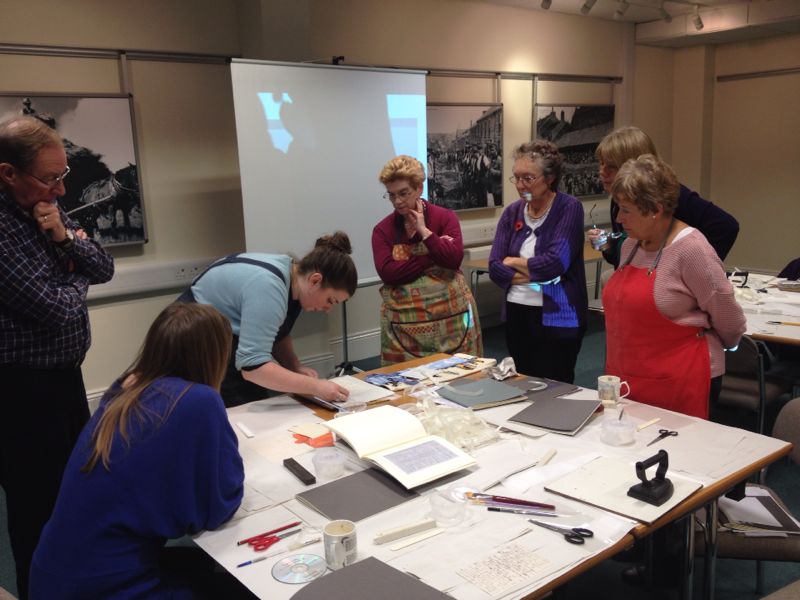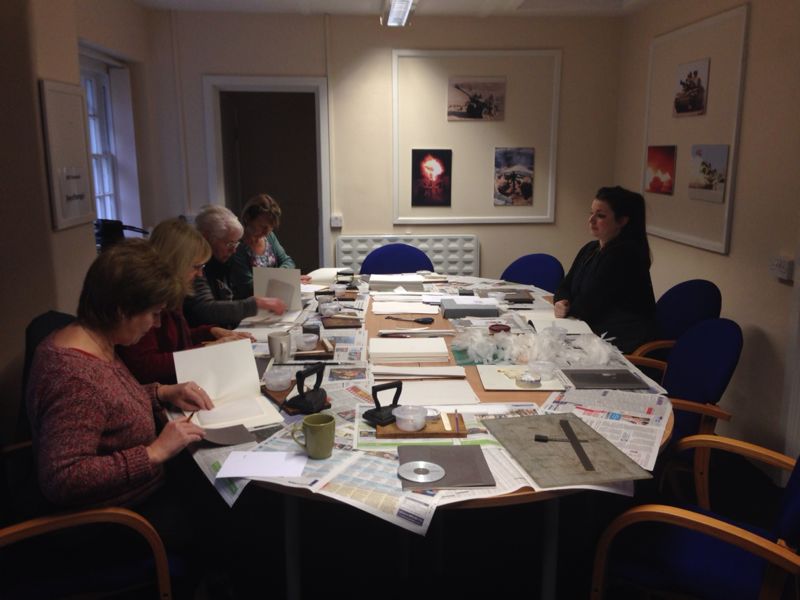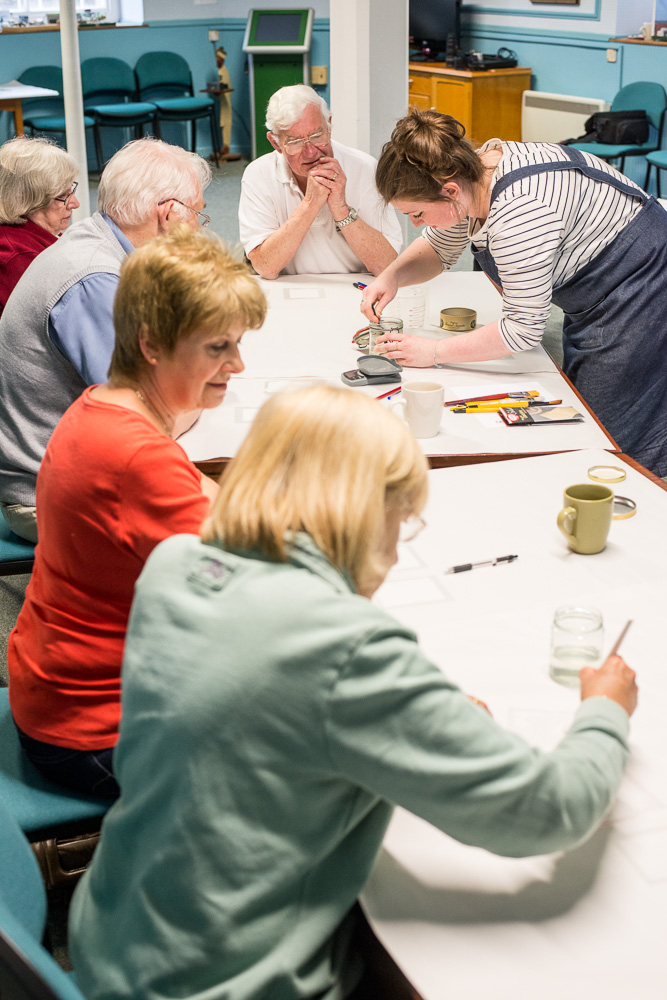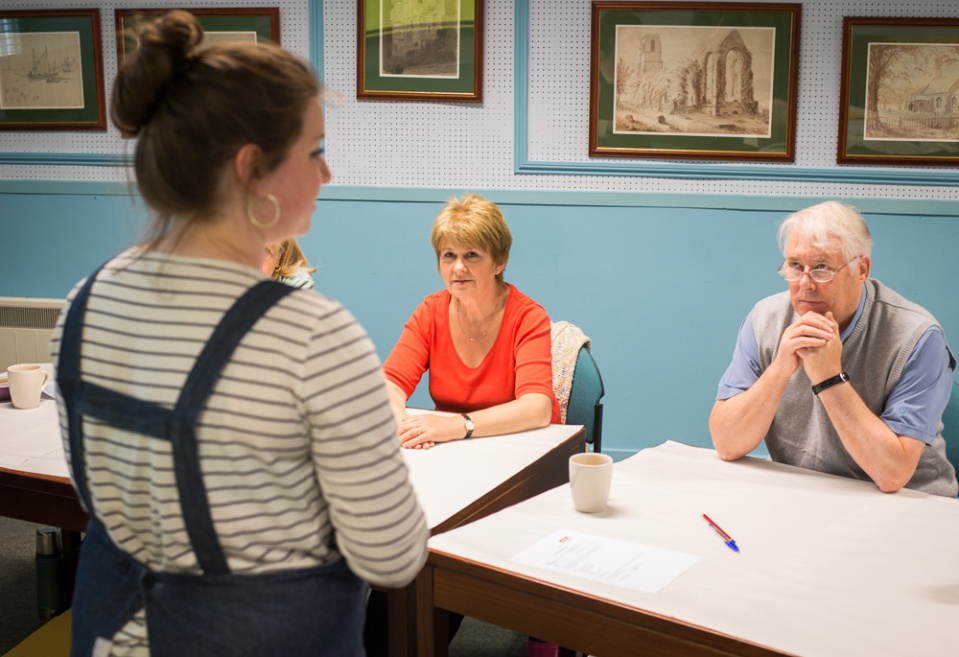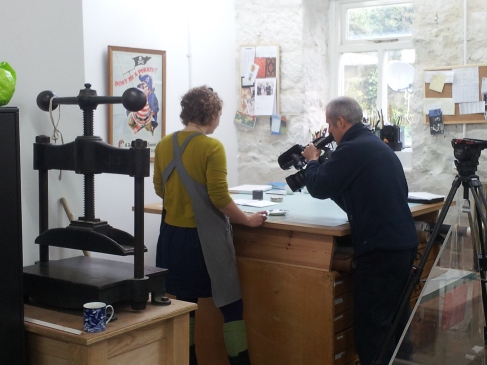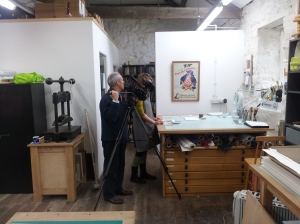So I’ve been a bit lax in keeping up to date with this blog recently – but to be honest, there’s not been much going on since I left Camberwell back in September.
I had a short (2 week) contract at the Wellcome collection working with a classmate to surface clean a portion of a new acquisition – the Bernard Spillsbury archive, which are the autopsy notebook’s, journal articles, lecture note and correspondence of Sir Bernard Spillsbury, the chief coroner to the London Metropolitan Police in the first half of the 20th C. The collection had been in a fire and we were cleaning off the worst of the soot and charring. The notebooks were measured for boxes, which were to be made off site, and the more fragile loose leaves were housed in melinex sleeves. No other conservation work was to be done to them until they were catalogues, which is where they went onto next.

Poisoning by Rhubarb, information packet.
At the end of October I was informed that the paper I had submitted to the ICON conference (Positive Futures, Glasgow 2013) had been accepted, and I’ll be giving a poster presentation as part of a joint session on adhesives in April – which is pretty nerve-wracking, but I’m excited about it too!!
I then moved home to Sussex, and connected with the Christ Hospital Museum in Horsham, which is where one of my final MA projects came from, and was given a few bindings that needed attention – thus saving them from being rebound – one of them has a charming decorated paper cover, which would almost certainly have been lost. I’m still working on this batch.
I also was working on a family bible belonging to my Godmother. It was a small 4to leather bound bible, which had extensions on the head, tail and foredge. The book needed re-backing, and the extensions were suffering from severe red-rot, and were very fragile. I ended up having to re sew most of the binding as well, as it was originally sewn with silk, which had now shattered, and as soon as I removed the spine linings the text-block fell to pieces! Unfortunately my camera had an episode, and so I don’t have any pictures of the project, which is a shame, because I was really pleased with the outcome – the re-back looks great and I managed to repair the extensions with skiver instead of the originally planned Japanese paper – this is a much more sympathetic fit.
Then in late October I had a phone call from ICON, offering me an internship in Penzance! I was to replace one of the girls who had found herself a job in Cambridge (congrats!), and they needed an answer ASAP! So of course I said yes, and I start on Monday (7th Jan 2013). I went along to the ICON interns introductory meeting back at the end of November, and got to meet all the other interns from over the UK and saw a few familiar faces, as well as getting to know Holly, who I was going to be spending the next 18 months with.
I’ve also recently been asked (after expressing an interest back in October) to work with the Book and Paper Group’s graduate liaison officer –which I’ll be doing from the other end of a laptop, but I’m looking forward to the task!
So now that I’m back doing some practical work, I’ll have plenty more to write about, so expect more updates soon!
